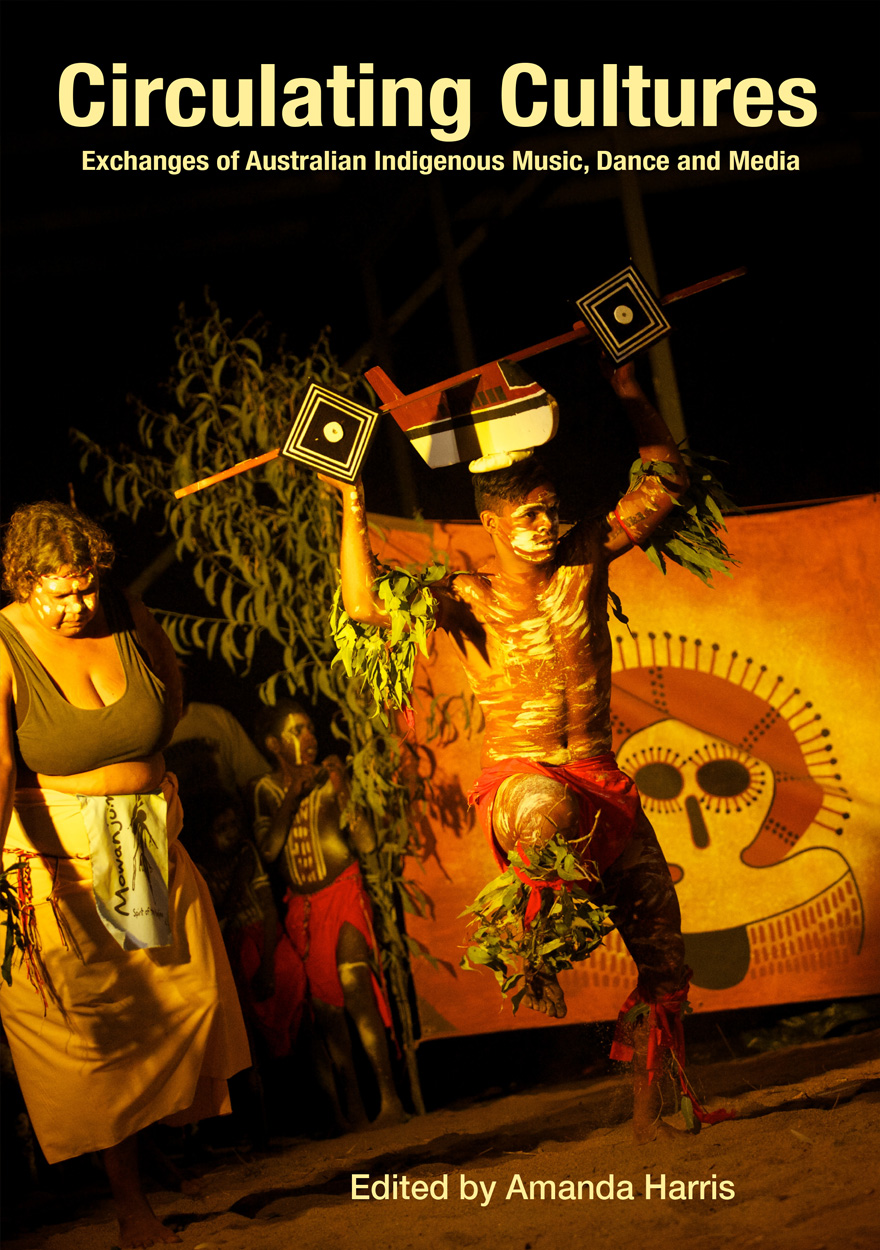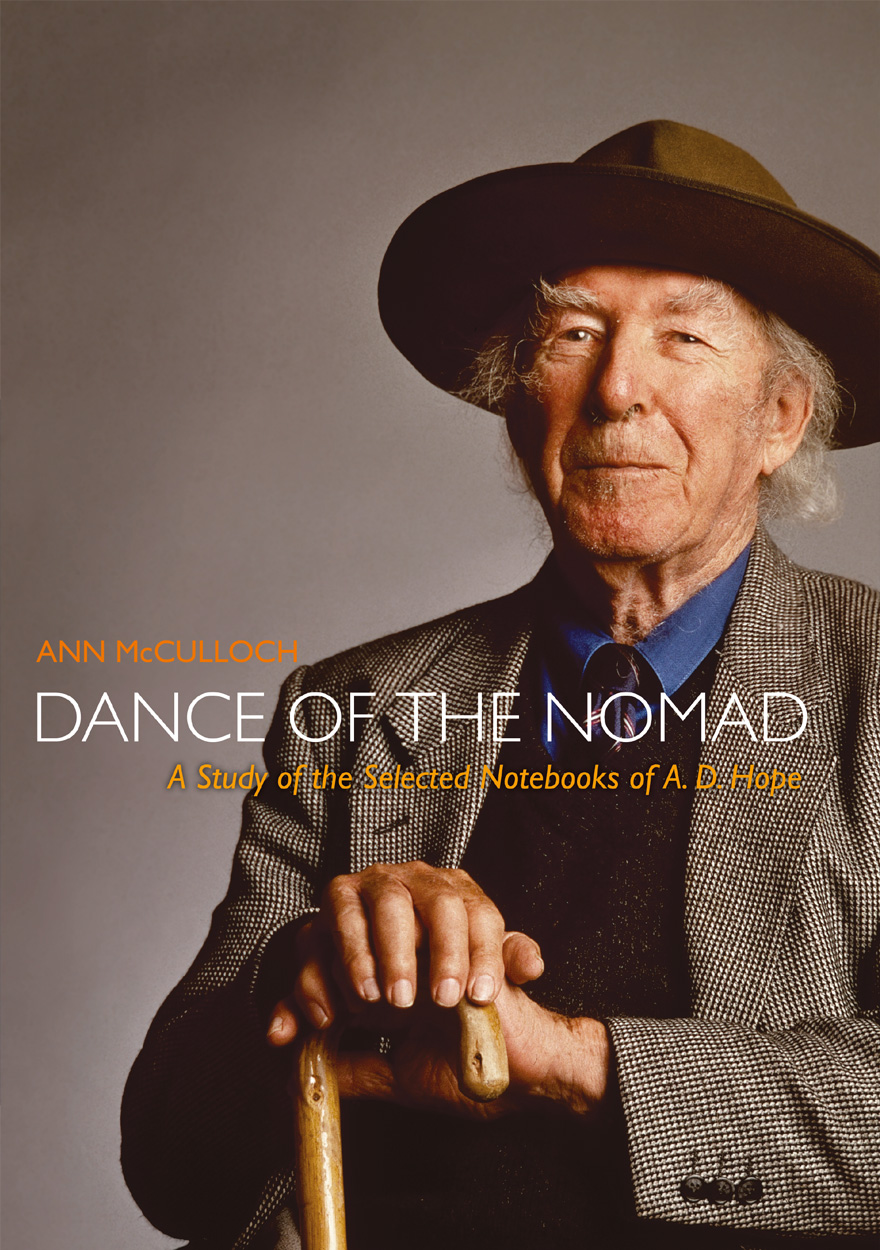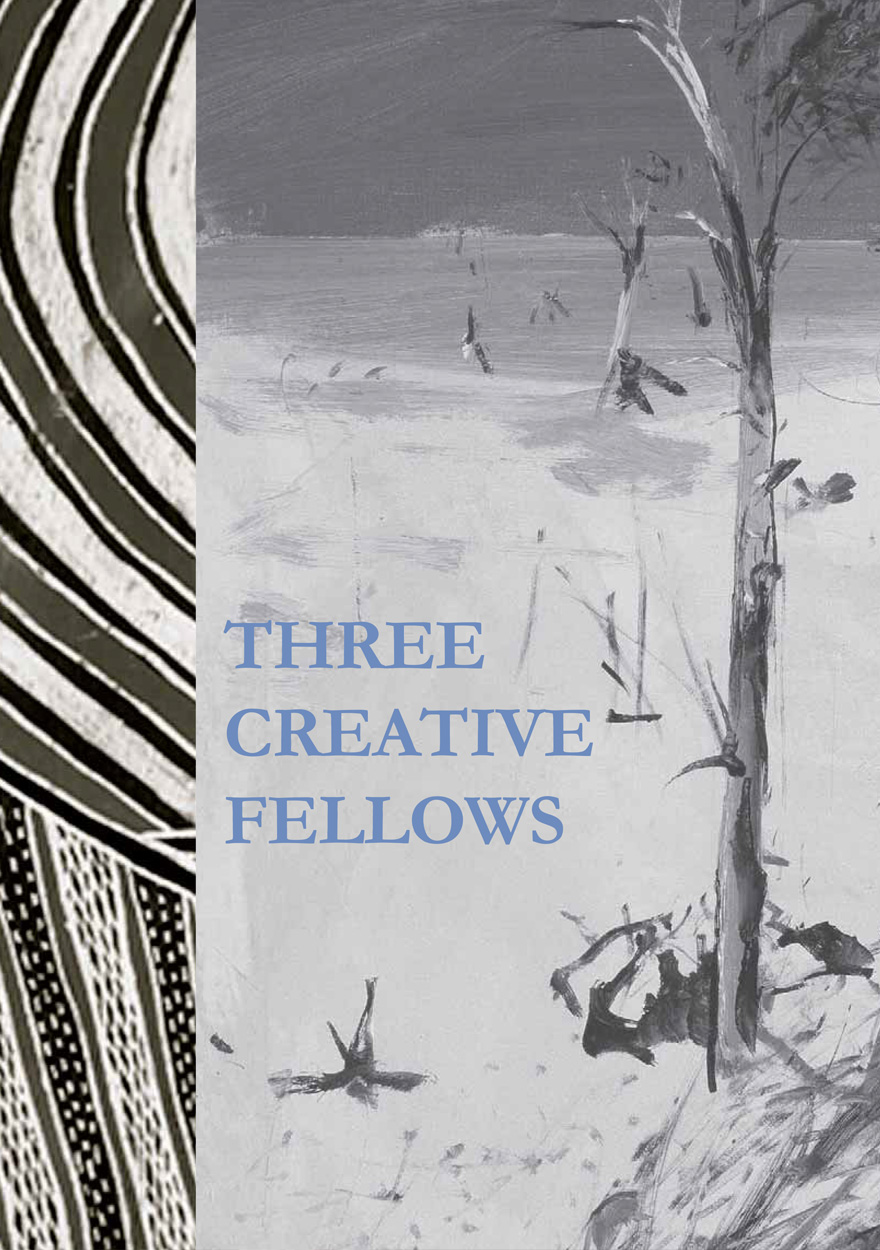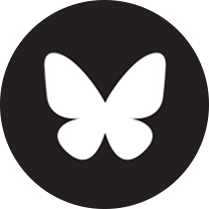Books
Browse or search ANU Press' range of books or find out more about the publications' authors and co-publishers. Download the book for free or buy a print-on-demand copy.
Displaying results 21 to 30 of 233.

Australian Dictionary of Biography, Volume 19 »
1991–1995 (A–Z)
Edited by: Melanie Nolan
Publication date: March 2021
Volume 19 of the Australian Dictionary of Biography (ADB) contains concise biographies of individuals who died between 1991 and 1995. The first of two volumes for the 1990s, it presents a colourful montage of late twentieth-century Australian life, containing the biographies of significant and representative Australians.
The volume is still in the shadow of World War II with servicemen and women who enlisted young appearing, but these influences are dimming and there are now increasing numbers of non-white, non-male, non-privileged and non-straight subjects.
The 680 individuals recorded in volume 19 of the ADB include Wiradjuri midwife and Ngunnawal Elder Violet Bulger; Aboriginal rights activist, poet, playwright and artist Kevin Gilbert; and Torres Strait Islander community leader and land rights campaigner Eddie Mabo. HIV/AIDS child activists Tony Lovegrove and Eve Van Grafhorst have entries, as does conductor Stuart Challender, ‘the first Australian celebrity to go public’ about his HIV/AIDS condition in 1991.
The arts are, as always, well-represented, including writers Frank Hardy, Mary Durack and Nene Gare, actors Frank Thring and Leonard Teale and arts patron Ian Potter. We are beginning to see the effects of the steep rise in postwar immigration flow through to the ADB. Artist Joseph Stanislaw Ostoja-Kotkowski was born in Poland. Pilar Moreno de Otaegui, co-founded the Spanish Club of Sydney. Chinese restaurateur and community leader Ming Poon (Dick) Low migrated to Victoria in 1953.
Often we have a dearth of information about the domestic lives of our subjects; politician Olive Zakharov, however, bravely disclosed at the Victorian launch of the federal government’s campaign to Stop Violence Against Women in 1993 that she was a survivor of domestic violence in her second marriage.
Take a dip into the many fascinating lives of the Australian Dictionary of Biography.

A Linguistic History of Italy »
Storia Linguistica d'Italia
Authored by: John J Kinder, Grazia Scotellaro
Publication date: September 2020
Italy has a long and fascinating history that has been recorded since the earliest days of Rome itself: we know how politics, ideas, culture, art, architecture, music and much more, have developed over nearly three millennia. At the heart of the life of the peoples of the Italian peninsula and islands is their language. A Linguistic History of Italy tells the story of how the language spoken in Italy developed from Latin to multiple dialects, to the selection of Florentine for a national written language and how Italian became the common language of the entire nation. At each step on this amazing journey language intertwines with other components of Italian social life.
The chapters of A Linguistic History of Italy take you through the history of Italian society, art, ideas and language. The chapters focus on the turning points in language history – when Latin ‘became’ Romance, when local dialects were first used in writing, when Florentine was selected as the national language for literature, when Italian became the ‘national language’ – and show how those moments only fully make sense when seen in a broader context.
The text is written in both English and Italian, so you can improve your linguistic skills while immersing yourself in Italian culture. And the many images give a visual feast of Italian beauty through the centuries.
Not available for purchase

The Archaeology of Sulawesi »
Current Research on the Pleistocene to the Historic Period
Publication date: November 2018
The central Indonesian island of Sulawesi has recently been hitting headlines with respect to its archaeology. It contains some of the oldest directly dated rock art in the world, and some of the oldest evidence for a hominin presence beyond the southeastern limits of the Ice Age Asian continent. In this volume, scholars from Indonesia and Australia come together to present their research findings and views on a broad range of topics. From early periods, these include observations on Ice Age climate, life in caves and open sites, rock art, and the animals that humans exploited and lived alongside. The archaeology presented from later periods covers the rise of the Bugis kingdom, Chinese trade ceramics, and a range of site-based and regional topics from the Neolithic through to the arrival of Islam. This carefully edited volume is the first to be devoted entirely to the archaeology of the island of Sulawesi, and it lays down a baseline for significant future research.
Peter Bellwood
Emeritus Professor
The Australian National University

German Ethnography in Australia »
Edited by: Nicolas Peterson, Anna Kenny
Publication date: September 2017
The contribution of German ethnography to Australian anthropological scholarship on Aboriginal societies and cultures has been limited, primarily because few people working in the field read German. But it has also been neglected because its humanistic concerns with language, religion and mythology contrasted with the mainstream British social anthropological tradition that prevailed in Australia until the late 1960s. The advent of native title claims, which require drawing on the earliest ethnography for any area, together with an increase in research on rock art of the Kimberley region, has stimulated interest in this German ethnography, as have some recent book translations. Even so, several major bodies of ethnography, such as the 13 volumes on the cultures of northeastern South Australia and the seven volumes on the Aranda of the Alice Springs region, remain inaccessible, along with many ethnographically rich articles and reports in mission archives. In 18 chapters, this book introduces and reviews the significance of this neglected work, much of it by missionaries who first wrote on Australian Aboriginal cultures in the 1840s. Almost all of these German speakers, in particular the missionaries, learnt an Aboriginal language in order to be able to document religious beliefs, mythology and songs as a first step to conversion. As a result, they produced an enormously valuable body of work that will greatly enrich regional ethnographies.

Circulating Cultures »
Exchanges of Australian Indigenous Music, Dance and Media
Edited by: Amanda Harris
Publication date: December 2014
Circulating Cultures is an edited book about the transformation of cultural materials through the Australian landscape. The book explores cultural circulation, exchange and transit, through events such as the geographical movement of song series across the Kimberley and Arnhem Land; the transformation of Australian Aboriginal dance in the hands of an American choreographer; and the indigenisation of symbolic meanings in heavy metal music. Circulating Cultures crosses disciplinary boundaries, with contributions from historians, musicologists, linguists and dance historians, to depict shifts of cultural materials through time, place and interventions from people. It looks at the way Indigenous and non-Indigenous performing arts have changed through intercultural influence and collaboration.

Country, Native Title and Ecology »
Edited by: Jessica K Weir
Publication date: March 2012
Country, native title and ecology all converge in this volume to describe the dynamic intercultural context of land and water management on Indigenous lands. Indigenous people’s relationships with country are discussed from various speaking positions, including identity and knowledge, the homelands debate, water planning, climate change and market environmentalism. The inter-disciplinary chapters range from an ethnographic description of living waters in the Great Sandy Desert, negotiating the eradication of yellow crazy ants in Arnhem Land, and legal analysis of native title rights in emerging carbon markets. A recurrent theme is the contentions over meaning, knowledge, and authority.
'Because this volume is scholarly, original and very timely it represents a key resource and reference work for land and sea managers; policy makers; scholars of the interface between post-native title responsibilities, NRM objectives and appropriate heritage protocols; and students based in the social sciences, natural sciences and humanities. It is rare for volumes to have this much cross-academy purchase and for this reason alone – it will have ongoing worth and value as a seminal collection.'
– Associate Professor Peter Veth, ANU College of Arts and Social Sciences, The Australian National University.

Steep Slopes »
Music and change in the Highlands of Papua New Guinea
Authored by: Kirsty Gillespie
Publication date: December 2010
The Duna live in a physical environment of steep slopes that are sometimes difficult to traverse. A stick of bamboo used as a prop goes a long way in assisting a struggling traveller. Similarly, the Duna live in a social and cultural environment of steep slopes, where the path on which they walk can be precarious and unpredictable. Songs, like the stick of bamboo, assist the Duna in picking their way over this terrain by providing a forum for them to process change as it is experienced, in relation to what is already known.
This book is a musical ethnography of the Duna people of Papua New Guinea. A people who have experienced extraordinary social change in recent history, their musical traditions have also radically changed during this time. New forms of music have been introduced, while ancestral traditions have been altered or even abandoned. This study shows how, through musical creativity, Duna people maintain a connection with their past, and their identity, whilst simultaneously embracing the challenges of the present.

Dance of the Nomad »
A Study of the Selected Notebooks of A.D.Hope
Authored by: Ann McCulloch
Publication date: November 2010
The notebooks of A. D. Hope are a portrait of the contradictory essence of the poet’s intellect and character. Shot through with threads of self-awareness and revelation, Hope imbued his notebooks with irony and humour, forming them as a celebration of the joy and terror of human existence. Stripped of intimate revelation, the entries give witness to Hope’s view that art is a superior force in the creation of new being and values, and a guide for the conduct of our lives.
Seeking to find pathways through the maze of an intellectual life, this is a profound and timely contribution to Australia’s literary scholarship. Ann McCulloch’s analysis of this thematic selection of Hope’s notebooks reveals him to be relentless in his experimentation with ideas. Revealing the originality of his thinking and the astonishing range of his reading and interests, this edition is a testament to the intellect of one of Australia’s towering literary figures.

Indigenous Biography and Autobiography »
Publication date: December 2008
In this absorbing collection of papers Aboriginal, Maori, Dalit and western scholars discuss and analyse the difficulties they have faced in writing Indigenous biographies and autobiographies. The issues range from balancing the demands of western and non-western scholarship, through writing about a family that refuses to acknowledge its identity, to considering a community demand not to write anything at all.
The collection also presents some state-of-the-art issues in teaching Indigenous Studies based on auto/biography in Austria, Spain and Italy.
For more information on Aboriginal History Inc. please visit aboriginalhistory.org.au.

Three Creative Fellows »
Sidney Nolan, Arthur Boyd and Narritjin Maymuru
Authored by: Mary Eagle
Publication date: September 2007
This catalogue presents works by three prominent Australian artists – Sidney Nolan, Arthur Boyd and Narritjin Maymuru – featured in the exhibition Three Creative Fellows, at the Drill Hall Gallery from 9 August – 16 September 2007.
All three artists were recipients of ANU Creative Arts Fellowships, and the authors of the essays presented in this volume are prominent ANU scholars. Dr Mary Eagle writes about Sidney Nolan’s and Arthur Boyd’s reflections on creativity, while Professor Howard Morphy contributes a moving essay about the creation stories painted by Narritjin Maymuru.



